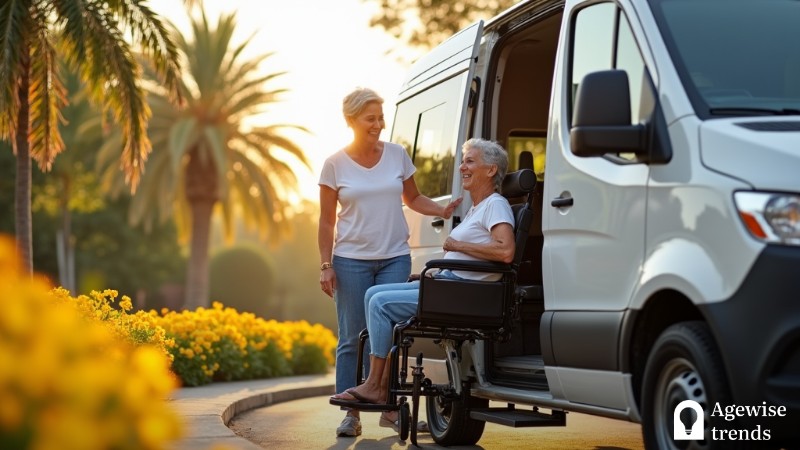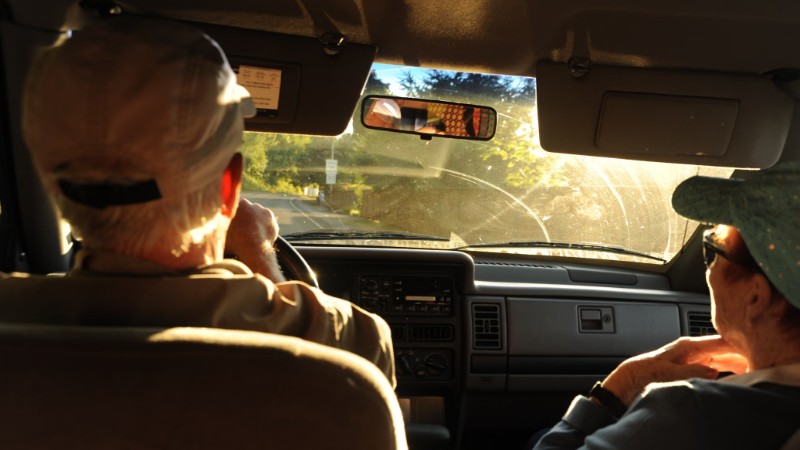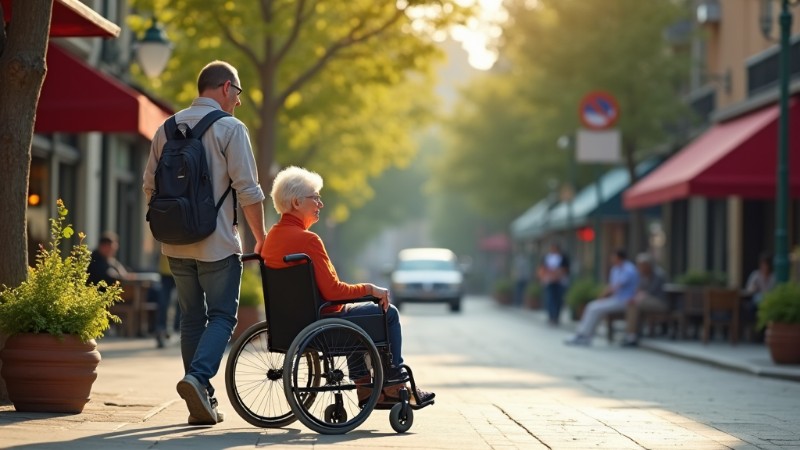The Colorado Department of Health Care Policy and Financing (HCPF) has officially lifted the suspension of its non-emergency medical transportation (NEMT) program, a critical service for many Medicaid recipients.
While this move brings much-needed relief to seniors and low-income individuals, it also shines a light on the ongoing transportation challenges for the state’s vulnerable residents.
Key Takeaways
Colorado has ended its suspension of non-emergency medical transportation (NEMT) services, though challenges in providing reliable and accessible transport for seniors still persist.
- The NEMT program is essential for Medicaid recipients who are unable to drive themselves to medical appointments due to mobility issues or financial constraints.
- Even with the reinstatement offering some relief, rural areas continue to experience limited transportation options and uncertainty about how to access these services.
- Broadening transportation options for seniors beyond just medical visits to include social activities and routine errands is key to enhancing their overall well-being.
A lifeline for Seniors and low-Income Residents
The non-emergency transportation program was created to help individuals who cannot drive themselves to medical appointments due to mobility issues, disabilities, or financial constraints. For many seniors, this service ensures they do not miss vital healthcare visits. Whether it’s for routine health screenings, physical therapy, or life-saving treatments, these transportation options are crucial for maintaining health.
The Medicaid patients are the ones who are truly hurt the most by this process
Greg Harriman a senior mobility advocate
Before the suspension, the program provided access to necessary services for seniors, those with chronic health conditions, and individuals in rural areas. The temporary halt due to logistical issues and pandemic-related challenges left many vulnerable individuals without reliable transportation, affecting their ability to attend appointments.
Now that the suspension has been lifted, many residents can access medical care once again—but the need for expanded mobility options remains a pressing concern.
Meeting the demand for Senior-Friendly transportation
As the senior population increases, so does the need for accessible, senior-friendly transportation services. Many older adults face physical limitations that make driving difficult or impossible. Without reliable transportation, seniors may miss critical medical treatments or other essential services, impacting their overall well-being.
The reinstatement of the NEMT program offers some relief, but gaps remain. Rural areas continue to face limited options, and the process of accessing transportation can sometimes be confusing for seniors. For transportation to be effective, it must be reliable, easily accessible, and tailored to the specific needs of older adults.
Driving Cessation and Alternative options
As seniors age, the decision to stop driving is often a difficult but necessary step. Driving cessation can leave seniors feeling isolated and disconnected, particularly if they don’t have a viable transportation alternative. Losing the ability to drive can significantly impact a senior’s access to healthcare, social events, and daily errands.
While the state’s program serves as a crucial alternative for medical visits, it must also address broader mobility needs. The ability to attend social activities, grocery shopping, or engage in community life is just as important for seniors’ mental and physical health. This underscores the need for a comprehensive transportation solution that goes beyond medical appointments.
As of today, the Colorado Department of Health Care Policy and Financing has officially lifted the suspension on MedRide’s Medicaid services
a spokesperson for MedRide
Though the lifting of the program’s suspension is a step forward, it highlights the ongoing challenges for Colorado’s senior population. A larger, more sustainable system is required to ensure that mobility needs are fully met. This could include increased availability of senior-friendly transportation options, partnerships with rideshare services, and expanded public transportation services.
Investing in accessible, timely, and reliable transportation for seniors not only supports their healthcare needs but also improves their quality of life, helping them stay connected to their communities and maintain independence.
Conclusion: A Commitment to Senior Mobility
The lifting of the suspension is a positive development, but it’s clear that more work is needed. Colorado must continue to prioritize mobility and senior care, investing in solutions that address the transportation needs of its aging population.
Every senior deserves the dignity and independence that comes with reliable access to essential services, and ensuring that they can navigate their communities with ease is a vital step in promoting their overall well-being. By supporting both their mobility and quality of life, Colorado can truly empower its older residents to thrive and remain engaged in their daily lives.
Expanding transportation options and assisting with driving cessation will empower seniors to maintain their health, independence, and active participation in their communities. Colorado’s commitment to enhancing mobility is essential for fostering a vibrant, thriving environment where seniors can continue to live their lives to the fullest.














